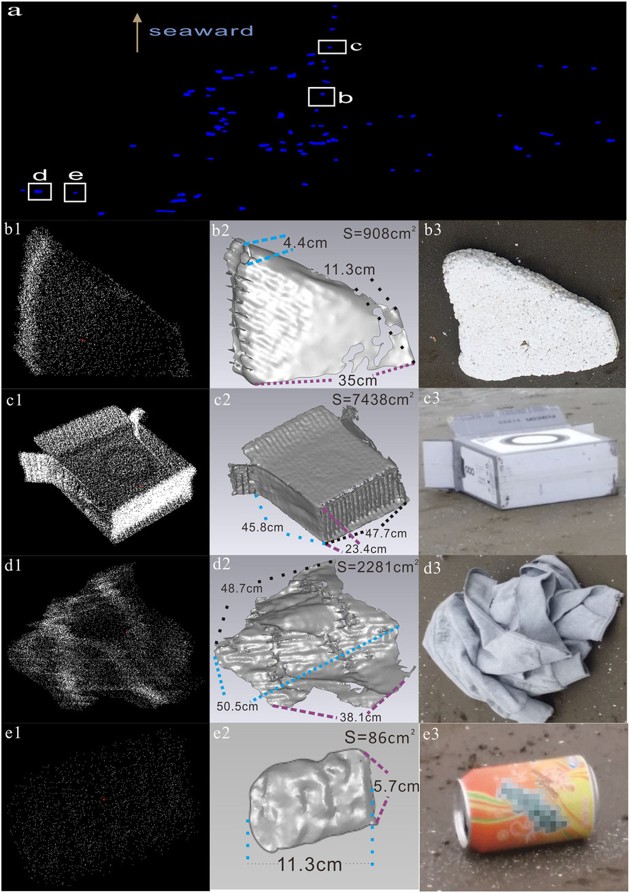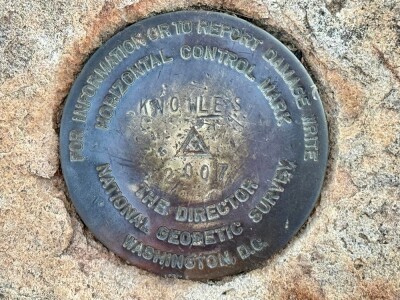LiDAR breaks into the mainstream in some weird ways. Case in point: recently The Atlantic published an article about researchers who want to mount robots with laser scanners so they can measure beach trash. They believe this will “help assess the problem and prioritize efforts for cleaning it up.”
Traditionally, the work of tracking “shoreline refuse” relied on volunteers to map and tally any garbage they found that was bigger than an inch across. As The Atlantic explains “this kind of manual counting is tedious—surveyors have to work one glass bottle, bendy, or Styrofoam wedge at a time—and prone to error.” LiDAR offers a better way to ensure that seabirds, fish, turtles, and other ocean wildlife don’t get caught up in a pile of trash.
But just scanning the beach wouldn’t accomplish much by itself—you’d have a point cloud to pore over instead of a beach—so the researchers set out to create an auto-recognition system. To do this, they threw a bunch of trash on a beach and scanned it. Then they cleaned the data set and gathered information about how the different kinds of trash were shaped, and which waveforms they reflected. They used this to teach a machine-learning algorithm how to recognize the trash with minimal human input.
When testing the system, the researchers found it performed admirably. It was about 75% accurate at analyzing different kinds of trash, which makes it a lot more effective than the manual method.
One thing it couldn’t recognize was glass, which is basically liquid sand anyway. Still, these numbers mean the system gets a volunteer 3/4 of the way to finishing the job without doing much more than setting up a laser scanner and plugging the data back into some software.
Where it took 3 hours for a volunteer to map and analyze a beach manually, LiDAR and machine learning helped them get the job done in 20 minutes.
One way to bring that number down even further? Robots. It always comes back to robots.






